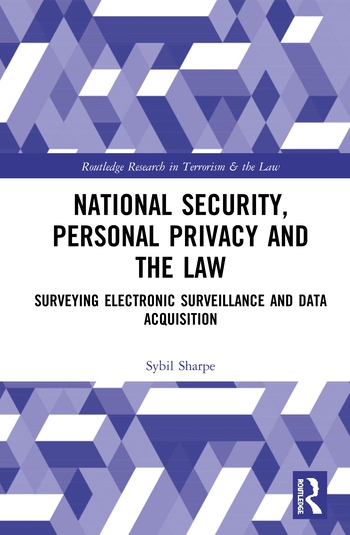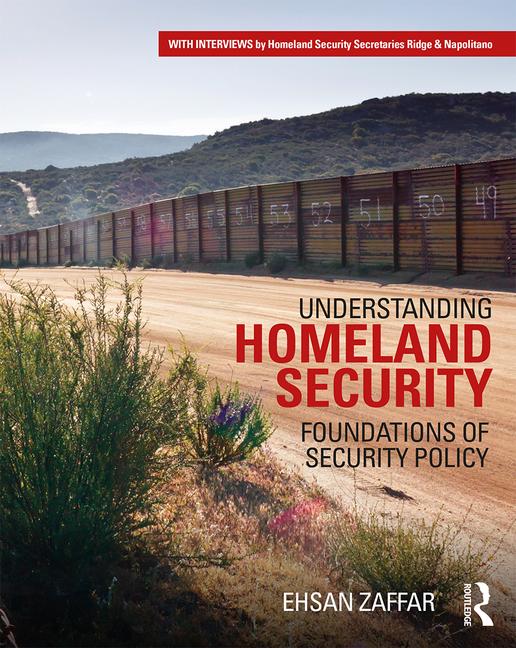It has been two decades since leaders of The Monitoring Association (TMA), previously named the Central Station Alarm Association (CSAA), the Electronic Security Association (ESA), the Security Industry Association (SIA) and the Canadian Security Association (CANASA) made a decision that would help shape the future of law enforcement relationships with the alarm industry. They joined together to create a new organization that would focus on false alarm reductions, outreach to law enforcement and alarm ordinances that impacted the industry.
“Leaders of these organizations had the foresight to recognize that the industry needed to speak with one voice on alarm management issues at a time when the electronic security industry was coming under attack by a small but committed group of individuals,” said Stan Martin, SIAC executive director. “There was a concerted effort by a handful of public safety agencies to push the concept of verified response (non-response) that would eliminate police response to traditional alarms unless there was eyewitness verification that a crime was being committed.”
Martin continued, “Those pushing the concept did so aggressively with papers purporting success and incomplete information that was long on rhetoric and short on facts. Proponents may have been well-meaning but clearly did not appreciate the potential negative impact to public safety.”
With approximately 18,000 public safety agencies in the U.S., SIAC needed a multifaceted approach to the issue. The first included boots on the ground, with former law enforcement leaders and industry veterans working with individual agencies considering verified response. SIAC become actively involved with law enforcement leadership through the International Association of Chiefs of Police (IACP), the National Sheriffs’ Association (NSA), Major County Sheriffs’ Association (MCSA) and the Major Cities Chiefs Association (MCCA).
Working closely with these organizations SIAC developed the Model Alarm Ordinance and obtained endorsements for the ordinance from the NSA and the IACP.
“We have more opportunities to help agencies adjust policies to take advantage of video monitoring and other new technologies while protecting the value and effectiveness of millions of legacy systems.” — STAN MARTIN, SIAC
“It was important that we offered a proven way to deal with the growing problem of excessive alarm dispatches,” said Martin. “SIAC had to offer a credible solution rather than just opposition to stopping response to all alarms as more and more communities adopted alarm management policies.”
Over 20 years SIAC has conducted more than 1,000 seminars, addressed over 12,000 law enforcement officials, provided 7,000 resource CDs to local jurisdictions, produced four high-impact videos, and created 15 statewide alarm management committees through IACP and their State Associations of Chiefs of Police (SACOP).
Today the SIAC executive director still chairs the IACP/Alarm Sub Group. The group’s law enforcement outreach team includes retired Deputy Chief Glen Mowrey, retired Chief Steve Keefer and former IACP president retired Chief Joseph Estey. Recently the group expanded to include Major Alan Rutledge as the latest law enforcement liaison.
SIAC also worked closely with the Alarm Industry Research & Education Foundation (AIREF) to manage the studies they funded utilizing respected university-level academic scholars that provided credible independent confirmation that the Model Alarm Ordinance is an effective solution to alarm issues.
Today, 20 years after its founding, SIAC continues to work at the local and state level in partnership with state alarm associations to promote the best practices that allow it to protect life and property.
“This is a dynamic environment,” says Martin. “We have more opportunities to help agencies adjust policies to take advantage of video monitoring and other new technologies while protecting the value and effectiveness of millions of legacy systems.”
SIAC recently facilitated the acceptance of TMA’s ASAP to PSAP in California and has diverted over 200 agencies from enacting onerous ordinances that would have limited police response or fined alarm companies rather than alarm owners.
Because of the high rate of turnover in law enforcement leadership nationwide, SIAC is also continuing to work closely with leading law enforcement organizations as new leaders take the reins in these organizations.
“The future of our industry would not be as bright had it not been for the foresight of leadership of our sister organizations and their ongoing support for the single unified voice for our industry in the field of alarm management,” said Martin. “Their support over the years has been vital to our continued success and our mission to protect life and property.”










